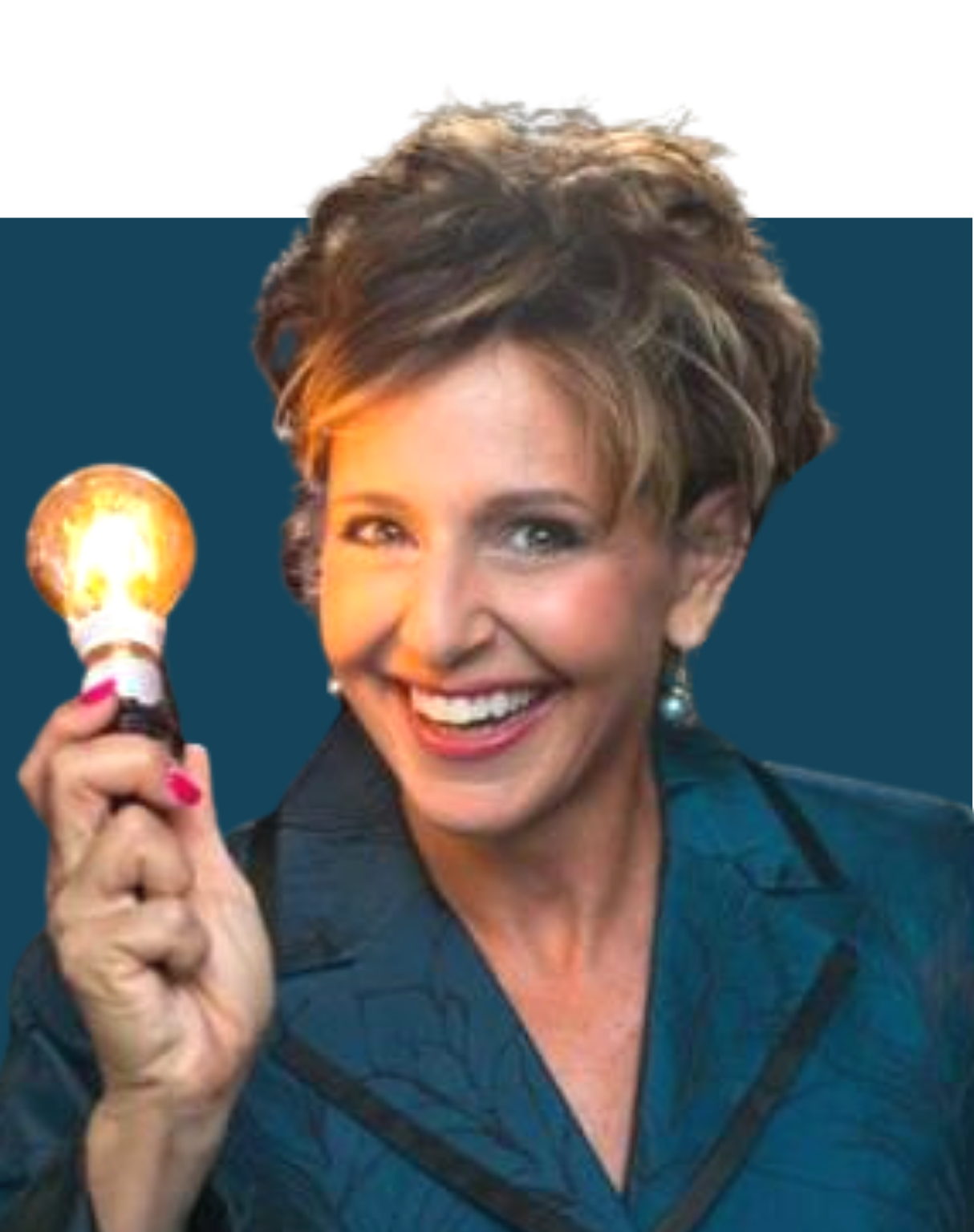What is thought leadership?
Thought leadership is a marketing tactic that can position and reinforce you as an expert and authority within the education market. Typically, thought leadership builds, not with sales or promotional content, but with content that offers your customers insight, new information or new ideas. Executed properly, it’s a compelling component to a STEM market development plan.
How Do You Become A Go-To Source for Information in Edtech Marketing?
A LinkedIn and Edelman survey showed that 88% of decision makers increased their “respect and admiration” for an organization after encountering its thought leadership. Educators see thought leaders as peers, who have real insight and their best interest in mind. Thought leadership creates a bond of trust between customers and your company.


Strategy
There are two fundamentals to thought leadership in the education market: strategy and story. This blog post will focus on strategy. The more time and thought you invest to clearly articulate your strategy, the more effective the execution of your thought leadership campaign. (Side note to worriers: Yes, stellar campaigns take time and dedication. But you don’t have to reinvent yourself or your company. Good thought leadership draws from the best of who you are.)
Plan Your Position
Two key questions form the structure of your positioning: What do your educators care about? What do you excel at that no one else does? The more unique–singular to your company–the stronger the concept.
Pick a topic that is both aspirational and core to who you are. Here are two examples of Richard Branson using thought leadership marketing:
Branson is often quoted saying “Happy employees equals happy customers.” Through speaking engagements, storytelling, articles, media attention, and social media, he establishes himself as a thought leader while also garnering attention for his brands. Branson speaks on topics of employee care, innovation, talent, and detail.
Theoretically, if we were workshopping a strategy statement for Virgin Atlantic, it might be, “The strategy is to develop Virgin Atlantic as a thought leader in developing a workplace culture of innovation, fun, and always putting our people at the heart of the business.” This message is central to Branson’s speeches, articles, and media attention on workplace culture.
Theoretically, if we were workshopping a strategy statement for Virgin Atlantic, it might be, “The strategy is to develop Virgin Atlantic as a thought leader in developing a workplace culture of innovation, fun, and always putting our people at the heart of the business.”
Virgin Galactic represents a larger example of thought leadership at its finest because the mission is aspirational. “Our mission, to be the Spaceline for Earth, means we focus on using space for good while delivering an unparalleled customer experience.” In this case, the company’s mission aligns perfectly to a thought leadership campaign, allowing Virgin Galactic and Branson to be at the forefront of an entirely new industry. Mission alignment positions Virgin Galactic to align the entirety of its product and market development planning to thought leadership.
Developing Your Own Strategy
Ask yourself these questions: Who are the leaders in our company who can speak to topics STEM educators care about? What are we good at that few people are? What do we deeply care about that teachers also deeply care about?
Once you have solidified your strategy, write your strategy statement.
Next blog post, let’s look at how to give strategy legs. Part II will focus on story.









